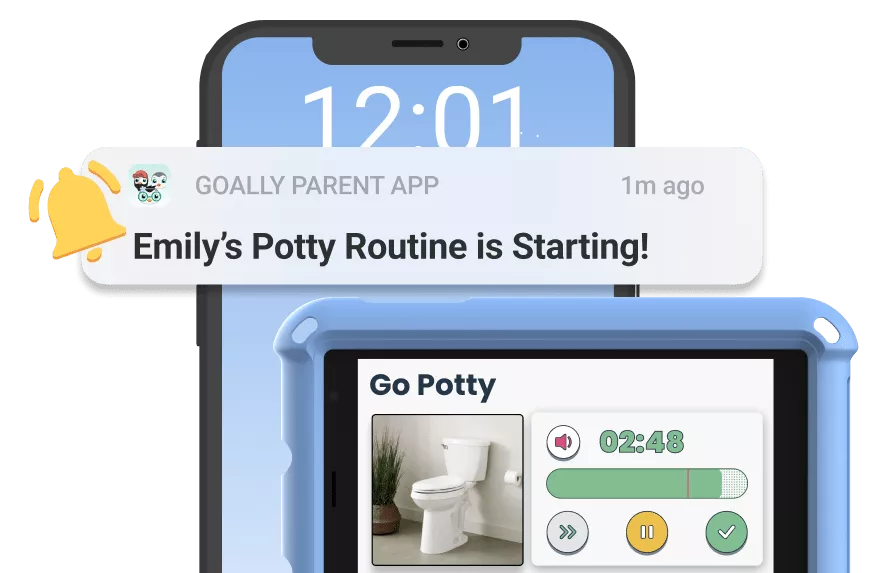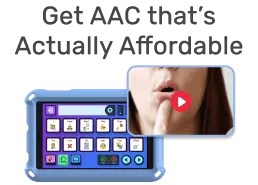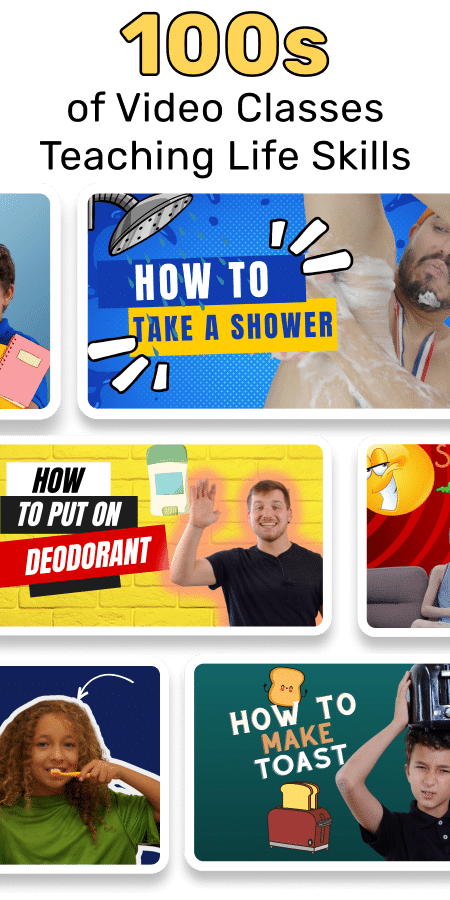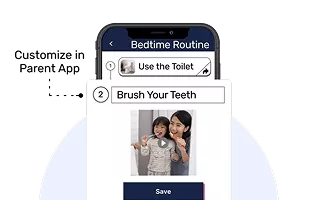Appropriate vs inappropriate behavior worksheets help kids learn the difference between actions that are acceptable and those that might cause problems at home, school, or with peers. These tools give parents a way to break down social norms into simple, clear lessons.
Many neurodivergent kids struggle with reading social cues or understanding why certain behaviors are expected. This blog walks through how worksheets can help—without shaming your child or setting unrealistic expectations.
Key takeaways:
- Worksheets can make abstract behavior concepts visual and concrete for young kids.
- Using examples from real life helps kids apply what they learn to everyday situations.
- Consistency, visuals, and follow-up conversations are key to making worksheets work.
- These tools can help build social skills in kids with autism, ADHD, or other learning differences.
Table of Contents
What Are Appropriate vs Inappropriate Behavior Worksheets?
Appropriate vs inappropriate behavior worksheets are printable or digital activities that help kids practice identifying which actions are considered “okay” and which ones might get them into trouble—or hurt someone’s feelings. The goal isn’t to punish. It’s to teach understanding.
For example, a worksheet might show pictures of two kids: one raising their hand and another shouting out. The child using the worksheet would label which behavior fits a classroom rule. These kinds of visual prompts are especially helpful for kids with learning disabilities or limited verbal communication.
Why These Worksheets Help Neurodivergent Kids
For some kids, behavior isn’t about disobedience—it’s about confusion. Kids with ADHD or autism may not notice social cues. They may struggle to pause before acting. Worksheets help by offering structure and repetition.
Here’s why they work well:
- They offer clear rules visually: Instead of vague explanations like “be good,” kids see examples of what to do.
- They reduce verbal overload: Many kids with special needs process images faster than long explanations.
- They create space for self-reflection: Worksheets ask kids to think, not just react.
What Should Be Included in a Good Behavior Worksheet?
Not all worksheets are created equal. The most effective ones keep it simple and visual. They should include:
- Realistic scenarios: Think cafeteria lines, birthday parties, or sharing toys.
- Simple yes/no or sort-the-behavior tasks: These make the activity manageable and build confidence.
- Clear language: Stick to words your child already knows. Avoid long explanations.
- Visual aids: Pictures are a must. They make abstract ideas easier to grasp.
Examples of Appropriate vs Inappropriate Behaviors
Sometimes, it’s not obvious what counts as “appropriate.” That’s especially true for kids who think in black and white. Here’s a quick breakdown:
| Scenario | Appropriate Behavior | Inappropriate Behavior |
|---|---|---|
| In the classroom | Waiting your turn to talk | Interrupting the teacher |
| During playtime | Asking before taking a toy | Grabbing toys from others |
| At the dinner table | Sitting and eating quietly | Throwing food or yelling |
| When angry | Using words to say how you feel | Hitting or yelling at others |
Tips for Using Behavior Worksheets Effectively
You don’t need to turn this into a lecture. Use worksheets as conversation starters. Sit with your child. Point to the pictures. Ask questions like:
- “What’s happening in this picture?”
- “Have you ever seen this happen before?”
- “What could the kid do instead?”
And most importantly—don’t expect instant results. Worksheets are practice tools. They help kids think things through before they’re in the heat of the moment.
How Often Should You Use Them?
There’s no magic number. For some kids, daily routines help. For others, once or twice a week is enough. The key is consistency. Don’t use the worksheet once and toss it aside. Refer back to it when your kid is having a hard time.
Incorporate the worksheet concepts into real life. If your child struggles with waiting their turn, say, “Remember what we saw in the worksheet? What could we do right now instead?”
Visual Schedules and Behavior Worksheets Go Hand in Hand
Many neurodivergent kids respond well to routine. That’s where visual schedules come in. If your child already uses a daily routine chart, add behavior prompts next to tricky parts of the day—like transitions or group settings.
For example:
- Before recess: “Play kindly. Take turns.”
- Before homework: “Use a calm voice. Ask for help.”
Pairing schedules with worksheets strengthens the lesson. It’s not a one-time thing. It’s part of the rhythm of their day.
Common Mistakes to Avoid
Worksheets aren’t a fix-all. And they can backfire if used the wrong way. Avoid these traps:
- Don’t shame your kid: If they get it wrong, that’s okay. Praise the effort.
- Don’t overcomplicate it: Keep tasks short and focused. Ten minutes is often enough.
- Don’t rely on worksheets alone: Behavior is learned through real-life moments. Worksheets just help prep.
How to Explain the Concepts to Kids
When you first start, your child might say: “But why can’t I do that?” Instead of just saying “because it’s rude,” explain the impact.
Try this:
- “When you shout, others can’t hear.”
- “When you wait your turn, it feels fair to everyone.”
- “When we grab toys, it makes friends sad.”
Show them how their actions affect others. Use real stories. Keep your voice calm. And always circle back to what they can do instead.
What to Do When Worksheets Don’t Work
Sometimes, a child won’t respond to worksheets at all. That doesn’t mean they’re failing—or that you are. In those cases, try alternatives:
- Role play: Act out the scenarios with stuffed animals or action figures.
- Model behavior: Show them the right way and talk through it out loud.
- Use social stories: These are short, personalized stories that walk through specific events step by step.
Where to Find Free Behavior Worksheets
You don’t need to buy anything fancy. Plenty of free options are available online. Look for worksheets that include pictures, easy tasks, and positive reinforcement.
Just make sure to adjust them for your child’s age and developmental level. A worksheet meant for a 10-year-old may frustrate a 5-year-old. Go slow. Build up.
Adapting Worksheets for Different Ages or Needs
What works for one kid might not work for another. For younger kids or those who don’t read yet, use:
- Picture-only worksheets
- Sorting games with visual cards
- Sticker-based rewards after finishing
For older kids or those who are verbal, you can level up:
- Add open-ended questions like “What would you do instead?”
- Include reflection spaces to write or draw feelings
- Use real-life news or classroom situations to prompt discussion
The worksheet is just the start. What matters most is the conversation that comes after.
Goally | Apps That Build Behavior & Life Skills for Kids
Want to keep your child motivated while building essential behavior and life skills? Goally’s skill-building tablet is designed to celebrate small wins and help your child grow. Our Behavior Tracker helps you reward your kid for specific skills, like “being kind” or “flushing the toilet.”

By setting clear expectations and rewarding their efforts, you foster a positive environment for your child to flourish in their behavioral skills journey.
Supporting kids in understanding social behavior isn’t always smooth. Some days it clicks. Other days, it doesn’t. But with the right tools, a little patience, and repeated practice, progress adds up. Appropriate vs inappropriate behavior worksheets won’t solve every problem—but they’re a solid building block for teaching the “why” behind social rules. And over time, they can help kids feel more confident navigating the expectations around them.
Resources:
FAQ about Appropriate vs Inappropriate Behavior Worksheets
What are appropriate vs inappropriate behavior worksheets?
These are tools designed to help kids distinguish between acceptable and unacceptable behaviors, offering a clear framework for understanding social norms.
How can these worksheets benefit my child?
They aid in teaching essential life skills like respect, empathy, and self-control while reducing instances of disruptive behavior.
Are the worksheets suitable for all ages?
Primarily targeted at kids aged 2-12, they offer age-appropriate scenarios making them versatile across different developmental stages.
Can I use these worksheets if my child has special needs or is neurodivergent?
Yes, they’re adaptable and can be tailored to meet the unique learning styles of kids with thinking and learning differences.

Hennah is an experienced writer and researcher, helping children with autism, ADHD, and other neurodivergent conditions. As a blog contributor for Goally, she combines her deep understanding of neurodiversity with practical advice, offering valuable insights to parents and educators.





